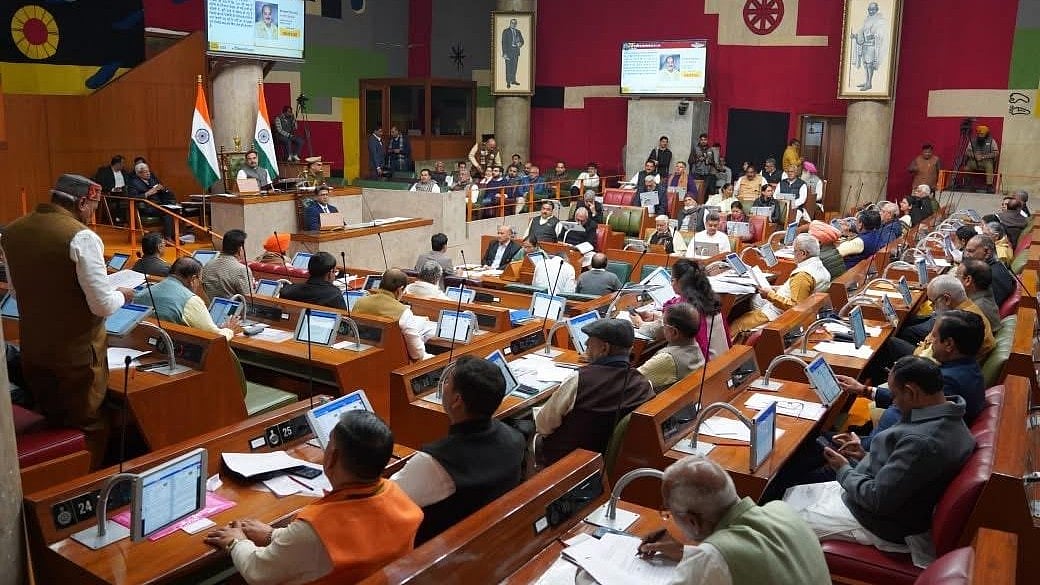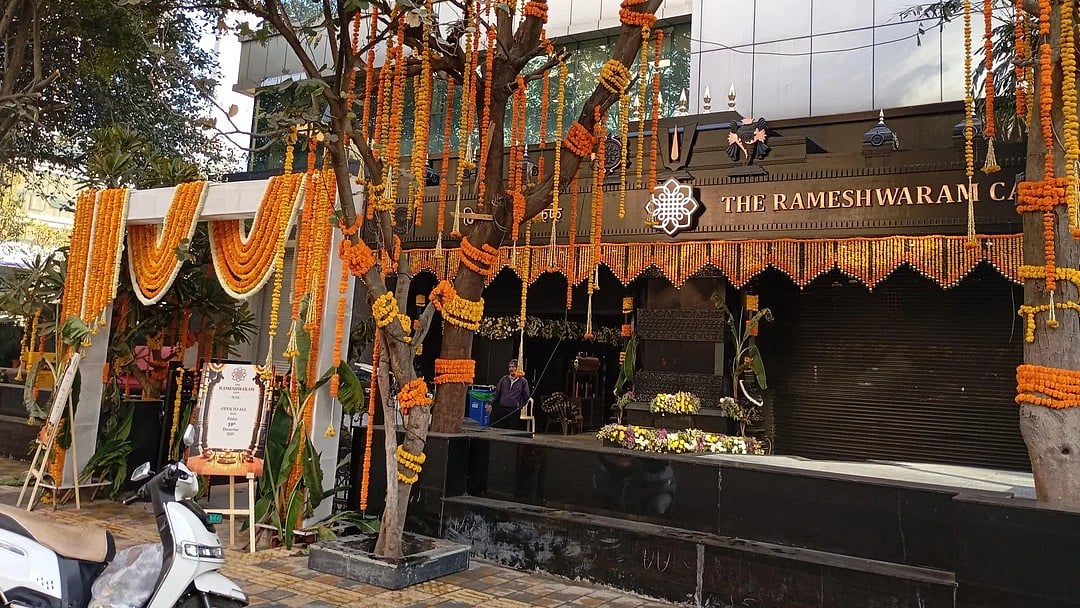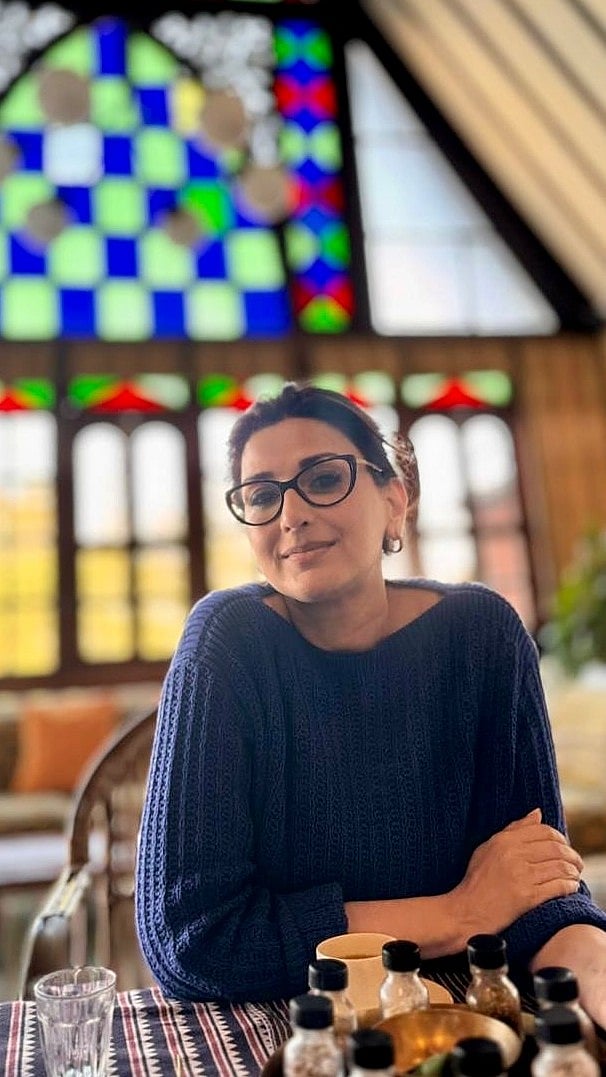I’ve always been intrigued by the idea of mixing meat with some vegetables or roots,” wrote the legendary Indian food historian K T Achaya. Same here. Though a vegetarian, I too have been curious as to how some seemingly incongruous vegetables like aubergines (egg-plant or our humble baingan!), spinach, drumsticks, among others are mixed with meat preparations.
Once I was rummaging through Pashto manuscripts on Afghanistan’s non vegetarian fare at Kabul University in Afghanistan and came across a line in Pashto (the language of Afghanistan): Ke zif re’ gosht vilam azeef (many meats go very well with roots).
But there was no further explanation as to how roots gel with meat until I read about Arbi-Gosht (mutton with taro-roots) and saw the preparation at a restaurant in Kuala Lumpur, Malaysia.

It’s worthwhile to mention that the people of South East Asia (Indo-Malaya Eco-zone) were acquainted with Arbi or Colocasia long before the sub-continent, Hawaii, Caribbean Islands and Tropical Africa became aware of it.
Though Wikipedia will mention South East Asia as Arbi’s origin, there are documented proofs that West Asia (around Gaza Strip) was its actual place of origin.
Pre-Islamic Arabic papyrus documents and mualliqaát (inscriptions written with fresh human blood on the peeled off skin of a convict before his final decapitation!) state that Arfi was a root eaten simultaneously with roasted Biyaan (baby shutur or camel) by the Arab Bedouins (Baddus in Arabic) before the advent of Islam a little over 1400 years.

The very word Arfi/Arbi would sound typically West Asian or Semitic from the angle of Phonetics. Anyway, this little toxic root in its raw form began to be consumed by the Arabs, South East Asians and Mongols. Mongols were very heavy meat eaters and on this count, they defeated Arabs. Meat, especially red meat, is quite heavy on stomach.
To minimise its heaviness, whichever vegetables or roots were available in those days, Mongols and Arabs began to use and mix as a Nidwa (Arabic for Culinary Minimisers or Food Catalysts) with all meat preparations. They realised that taro, tapioca and all tubular roots not only nullified the intrinsic heat of beef, camel and lamb meat, they also lent a distinct and different kind of pungency to it. This is how cuisines evolve. It’s all about serendipity and an experimental approach to food.
The tasty and tangy lingering effect on the tongue due to taro roots, paved the way for further culinary innovations. Mind you, all meats are not equally receptive to Arbi or taro. So, despite earlier preparations like beef and camel meat with taro, the absence of natural porousness in these meats made the preparations a tad incongruous and still greasy. Mutton is naturally porous and it soaks the essence (arq in Arabic) of taro roots very easily.
In fine, taro roots were experimented with all types of meats (in North Africa, taro roots with wild rabbit meat can still be had easily), but the tastiest amalgam turned out to be Arbi-Gosht.
Moreover, taro-mutton or Arbi-Gosht is considered to be a tried-tested and tasted aphrodisiac. In all Unani and Ayurvedic medicines and libidinous potions, a dash of Arbi will surely be put. Iran’s liberal King Shah Reza Pahalavi was very fond of Arbi-Gosht.
He sent his personal cook to teach how to prepare Arbi-Gosht to the main chef of Mrs Gandhi! The process being very elaborate and time-consuming, you seldom relish this preparation at Indian restaurants.
The gourmets often intimate the restaurant owner minimum three hours before partaking of it because pieces of peeled taro-roots need fresh hung curd for further softness. Curd also takes away the itching sensation of taro roots.
Lastly, one gets to eat the tastiest Arbi-Gosht in Philippines and Rampur, India. The Royal Kitchen of Rampur Nawab gave the finest, tastiest and tangiest Arbi-Gosht to the world. The Nawab-poet Shefta (Mirza Ghalib’s patron and himself an excellent poet) loved to have it as Iftar meal during Ramzan.
Ghalib also loved Arbi-Gosht and even wrote an incomplete ode to it. That incomplete ode to Arbi-Gosht by Ghalib was taken away (read, stolen) from the Fort William, Calcutta, by a Persian-knowing Englishman! Yours truly got this rare piece of information from the librarian of famed Khuda Bakhsh Library, Patna (Bihar).









